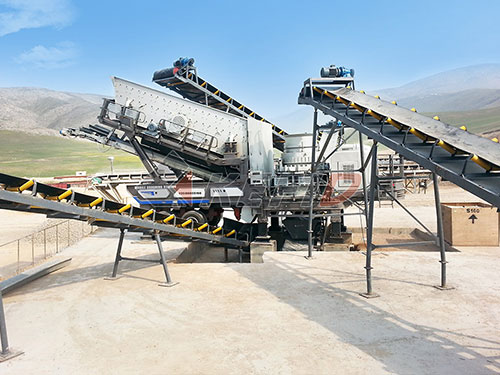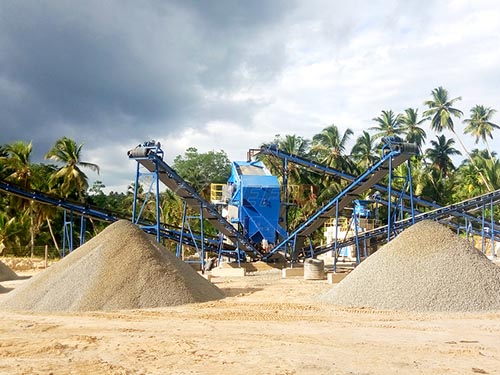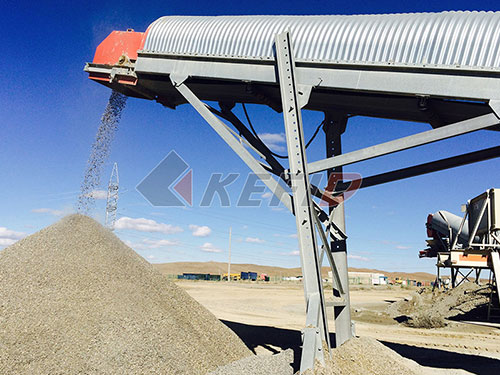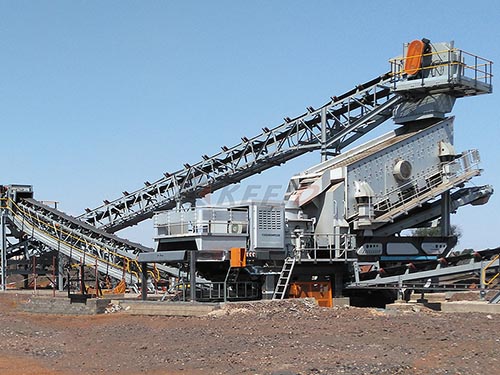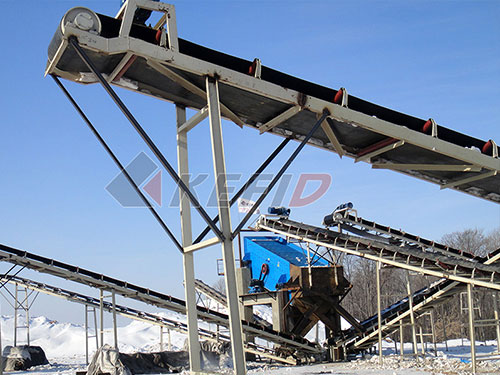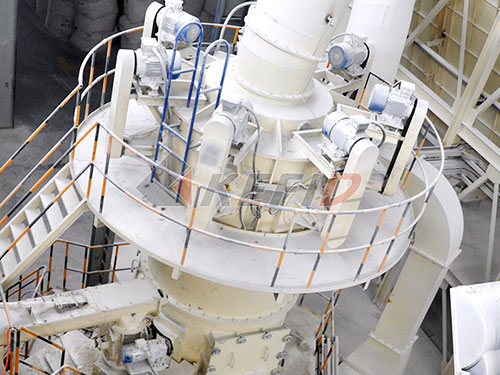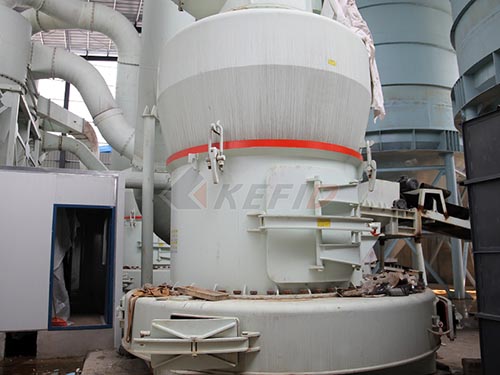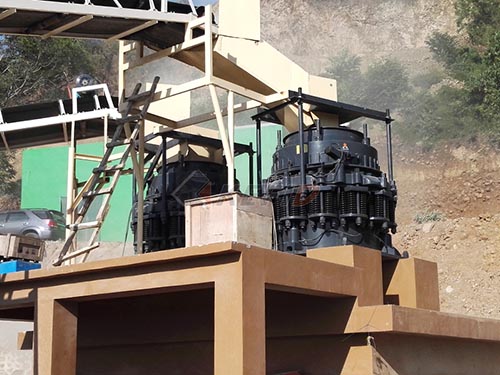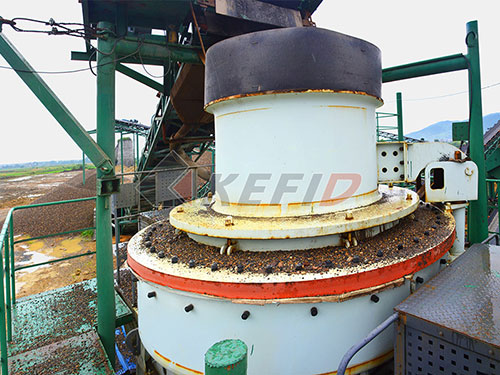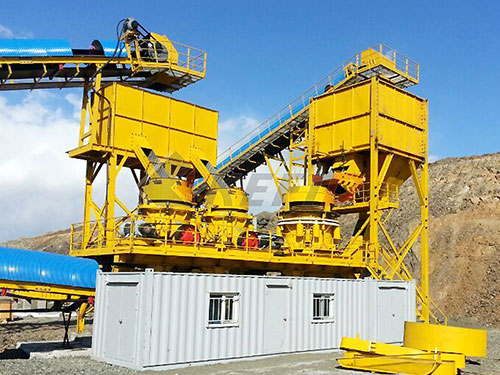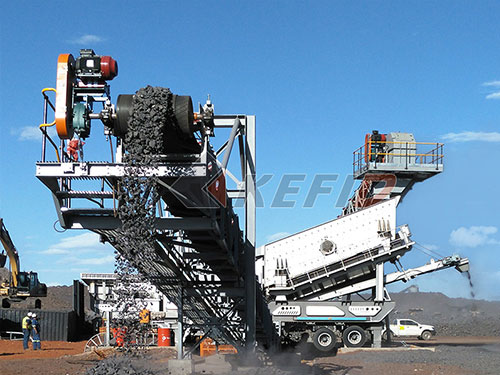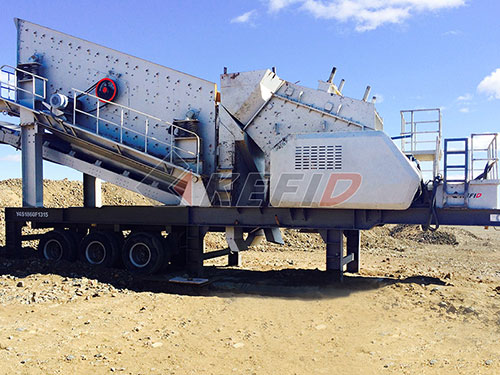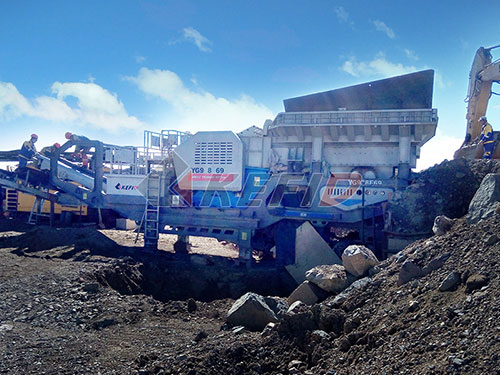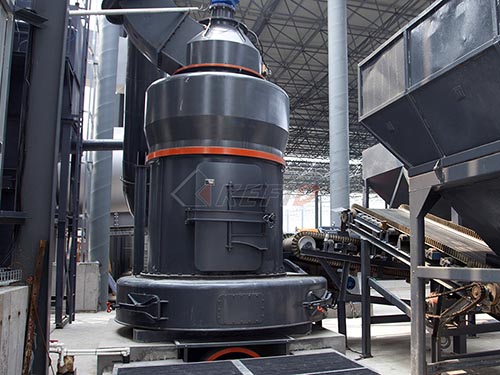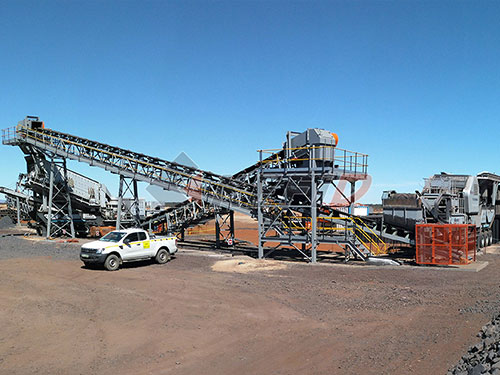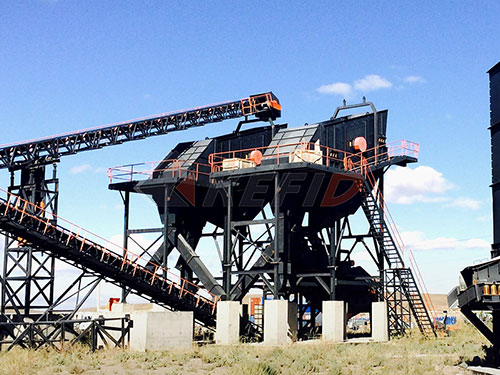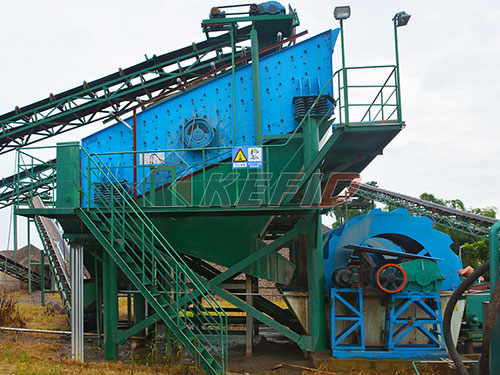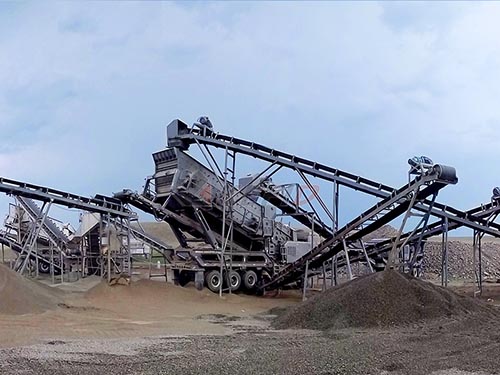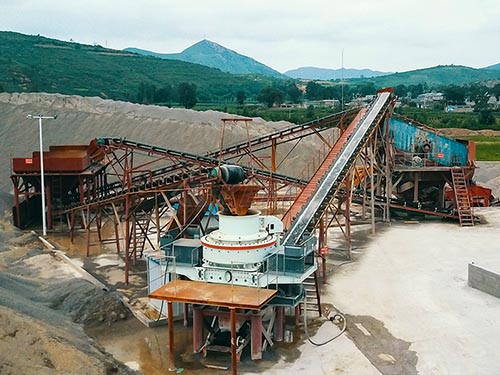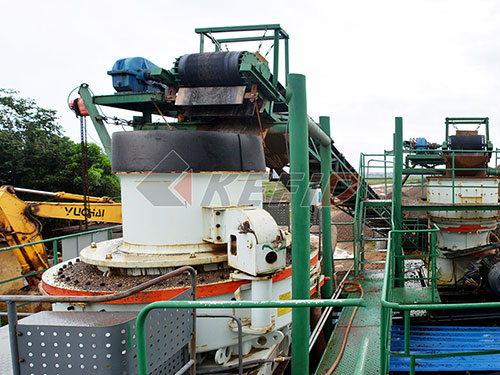The Metso LT80 Crusher: Compact Powerhouse for Mobile Crushing Efficiency
In the demanding world of aggregate production, demolition recycling, and small-scale mining, flexibility and efficiency are paramount. Equipment that can deliver robust performance while navigating tight spaces or requiring frequent relocation is invaluable. Enter the Metso LT80, a track-mounted mobile jaw crusher engineered to excel precisely in these scenarios.
Designed for Agility and Productivity
The Metso LT80 represents the intelligent fusion of proven crushing technology with advanced mobile platform design:
1. Core Crushing Power: At its heart lies the reliable Nordberg® C80™ jaw crusher unit (or equivalent predecessor model). Known for its robust construction and efficient nip angle design, it effectively processes hard rock, recycled concrete, asphalt, and other demolition debris.
2. Compact Mobility: Built on a sturdy crawler chassis (often Caterpillar® tracks), the LT80 boasts exceptional maneuverability on-site and ease of transport between locations without permits in many regions due to its dimensions and weight class.
3. Optimized Capacity: While designed for compactness, don’t underestimate its capability. The LT80 typically offers production rates ranging from 30 to 70 tonnes per hour (tph), depending on feed material size, hardness, and desired final product specifications.
4. Specifications:
Feed Opening: Approximately 510 mm x 800 mm (20″ x 32″).
Max Feed Size: Up to ~510 mm (20″).
Closed Side Setting (CSS) Range: Adjustable down to around 40 mm (1 ½”) for precise control over end product size.

Engine: Usually powered by an efficient diesel engine (e.g., Caterpillar C9/C9.3 ACERT™ or equivalent), providing ample power while balancing fuel consumption.
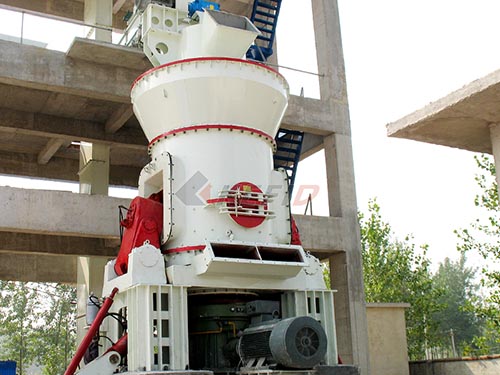
Operational Advantages That Matter
Beyond its core specs, the LT80 delivers tangible benefits:
Quick Setup & Easy Operation: Hydraulic folding feed hopper extensions and conveyors allow for rapid deployment – often operational within minutes of arrival on site.
On-Board Intelligence: Features like hydraulic CSS adjustment enable operators to fine-tune output size quickly without stopping production.
Versatile Feeding & Discharge: Equipped with integrated vibrating grizzly feeders (often optional pre-screens) to optimize material flow into the jaw cavity and efficiently remove fines before crushing where applicable.


